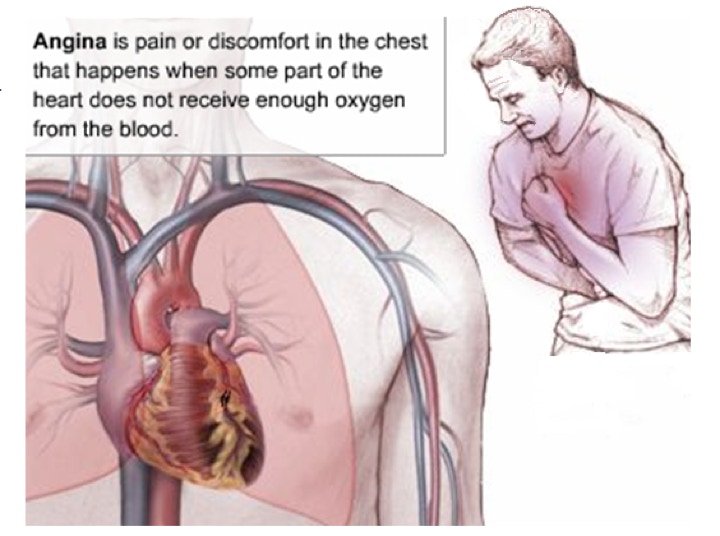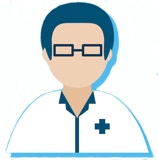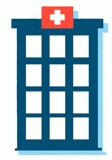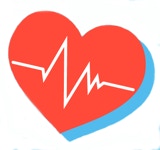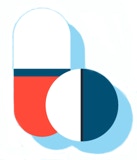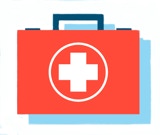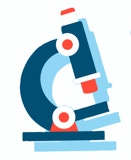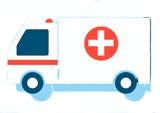
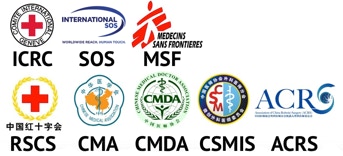
Doctors
Institutions
Conditions
Drugs
Insurances
TCM
Research
About Us
Contact Us
What is angina pectoris?
Angina pectoris—or simply angina—is chest pain or discomfort that keeps coming back. It happens when some part of your heart doesn't get enough blood and oxygen. Angina can be a symptom of coronary artery disease (CAD). This occurs when arteries that carry blood to your heart become narrowed and blocked because of atherosclerosis or a blood clot. It can also occur because of unstable plaques, poor blood flow through a narrowed heart valve, a decreased pumping function of the heart muscle, as well as a coronary artery spasm.
There are 2 other forms of angina pectoris. They are:
Variant angina pectoris
(or Prinzmetal's angina)
Microvascular angina
Is rare
Occurs almost only when you are at rest
Often doesn't follow a period of physical exertion or emotional stress
Can be very painful and usually occurs between midnight and 8 a.m.
Is related to spasm of the artery
Is more common in women
Can be helped by medicines such as calcium channel blockers. These medicines help dilate the coronary arteries and prevent spasm.
A recently discovered type of angina
People with this condition have chest pain but have no apparent coronary artery blockages
Doctors have found that the pain results from poor function of tiny blood vessels nourishing the heart, as well as the arms and legs
Can be treated with some of the same medicines used for angina pectoris
Was once called Syndrome X
Is more common in women
What causes angina pectoris?
Angina pectoris occurs when your heart muscle (myocardium) does not get enough blood and oxygen for a given level of work. Insufficient blood supply is called ischemia.
Who is at risk for angina pectoris?
Anything that causes your heart muscle to need more blood or oxygen supply can result in angina. Risk factors include physical activity, emotional stress, extreme cold and heat, heavy meals, drinking excessive alcohol, and cigarette smoking.
What are the symptoms of angina pectoris?
These are the most common symptoms of angina:
A pressing, squeezing, or crushing pain, usually in the chest under your breastbone
Pain may also occur in your upper back, both arms, neck, or ear lobes
Pain radiating in your arms, shoulders, jaw, neck, or back
Shortness of breath
Weakness and fatigue
Feeling faint
Angina chest pain is usually relieved within a few minutes by resting or by taking prescribed cardiac medicine, such as nitroglycerin.
An episode of angina means some part of the heart is not getting enough blood supply. If you have angina, you have an increased risk for a heart attack. Note the pattern of your symptoms—what causes the chest pain, what it feels like, how long it lasts, and whether medicine relieves the pain. If angina symptoms change sharply, or if they happen when you are resting or they start to occur unpredictably, call 911. You may be having a heart attack. Do not drive yourself to the emergency department.
The symptoms of angina pectoris may look like other medical conditions or problems. Always see your healthcare provider for a diagnosis.
How is angina pectoris diagnosed?
In addition to a complete medical history and medical exam, your healthcare provider can often diagnose angina from your symptoms and how and when they occur. Other tests may include:
Electrocardiogram (ECG). Records the electrical activity of the heart, shows abnormal rhythms (arrhythmias), and detects heart muscle damage.
Stress test (usually with ECG; also called treadmill or exercise ECG). Given while you walk on a treadmill or pedal a stationary bike, to monitor your heart's ability to function when placed under stress such as during exercise. Breathing and blood pressure rates are also monitored. A stress test may be used to detect coronary artery disease, or to determine safe levels of exercise after a heart attack or heart surgery. A special type of stress test uses medicine to stimulate the heart as if you were exercising.
Cardiac catheterization. With this procedure, a wire is passed into the coronary arteries. Next a contrast agent is injected into your artery. X-ray images are taken to locate the narrowing, blockages, and other abnormalities of specific arteries.
Cardiac MRI. This test can find the amount of blood flow to the heart muscle. It may not be available at all medical centers.
Coronary CT scan. This test looks at the amount of calcium and plaque inside of the blood vessels of the heart.
How is angina pectoris treated?
Your healthcare provider will determine specific treatment, based on:
How old you are
Your overall health and past health
How sick you are
How well you can handle specific medicines, procedures, or therapies
How long the condition is expected to last
Your opinion or preference
Your healthcare provider may prescribe medicines if you have angina. The most common is nitroglycerin, which helps to relieve pain by widening your blood vessels. This allows more blood flow to your heart muscle and decreases the workload of your heart. Nitroglycerin may be taken as a long-acting form daily to prevent angina. Or, it may be taken as a nose spray, or under the tongue when angina occurs.
Don't take sildenafil (for erectile dysfunction) with nitroglycerin. This can cause a dangerous drop in blood pressure. Talk to your healthcare provider if you are taking erectile dysfunction medicines before taking nitroglycerin.
Beta-blockers and calcium channel blockers are also used to treat angina. Your healthcare provider may recommend other medicines to help treat or prevent angina.
What are the complications of angina pectoris?
Angina means that you have coronary artery disease and that some part of your heart is not getting enough blood supply. If you have angina, you have an increased risk for a heart attack.
Can angina pectoris be prevented?
Maintaining a healthy lifestyle can help to delay or prevent angina pectoris. A healthy lifestyle includes:
A healthy diet
Physical activity and exercise
Stress management
Not smoking or quitting smoking if you do smoke
Keeping or working toward a healthy weight
Taking medicines as prescribed
Treating any related conditions such as high blood pressure, high cholesterol, diabetes, and overweight
Living with angina pectoris
If you have angina, note the patterns of your symptoms. For example, pay attention to what causes your chest pain, what it feels like, how long episodes usually last, and whether medicine relieves your pain. Call 911 if your angina episode symptoms change sharply. This is called unstable angina.
It is important to work with your healthcare provider to treat your underlying coronary artery disease, which causes angina. You need to control your risk factors: high blood pressure, cigarette smoking, high blood cholesterol levels, lack of exercise, excess weight, and a diet high in saturated fat. Taking you medicines as your healthcare provider directs is an important part of living with angina. If your provider prescribes nitroglycerin, it important that you have it with you at all times and follow his or her directions for using it whenever you have an episode of angina.
When should I call my healthcare provider?
Call 911 if you have any of the following:
Angina symptoms change sharply
Symptoms happen when you are resting
Symptoms continue after using nitroglycerin
Symptoms last longer than usual
Symptoms start to occur unpredictably
You may be having a heart attack. Do not drive yourself to the emergency department.
Call your healthcare provider right away if:
Your angina symptoms become worse or you notice new symptoms
You have side effects from your medicines
Key points about angina pectoris
Angina is chest pain or discomfort that keeps coming back. It happens when some part of your heart does not get enough blood and oxygen.
Angina is a symptom of coronary artery disease. This occurs when arteries that carry blood to your heart become narrowed and blocked because of atherosclerosis or a blood clot.
Angina can feel like a pressing, squeezing, or crushing pain in the chest under your breastbone or upper back, both arms, neck, or ear lobes. You may also have shortness of breath, weakness, or fatigue
Nitroglycerin is the most common medicine prescribe for angina
Managing angina includes managing high blood pressure, stopping cigarette smoking, reducing high blood cholesterol levels, eating less saturated fat, exercising, and losing weight
Next steps
Tips to help you get the most from a visit to your healthcare provider:
Know the reason for your visit and what you want to happen.
Before your visit, write down questions you want answered.
Bring someone with you to help you ask questions and remember what your provider tells you.
At the visit, write down the name of a new diagnosis, and any new medicines, treatments, or tests. Also write down any new instructions your provider gives you.
Know why a new medicine or treatment is prescribed, and how it will help you. Also know what the side effects are.
Ask if your condition can be treated in other ways.
Know why a test or procedure is recommended and what the results could mean.
Know what to expect if you do not take the medicine or have the test or procedure.
If you have a follow-up appointment, write down the date, time, and purpose for that visit.
Know how you can contact your provider if you have questions.
